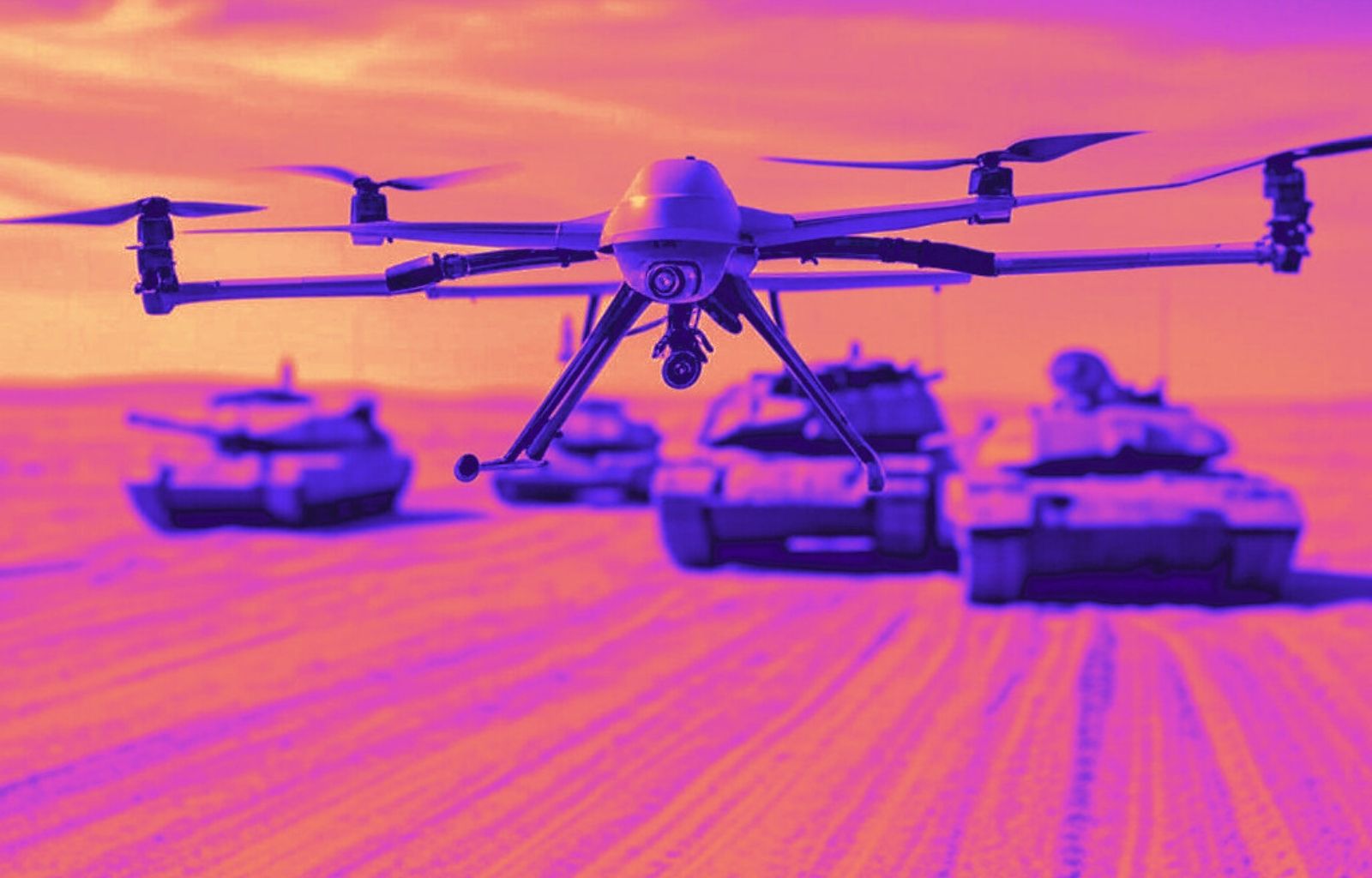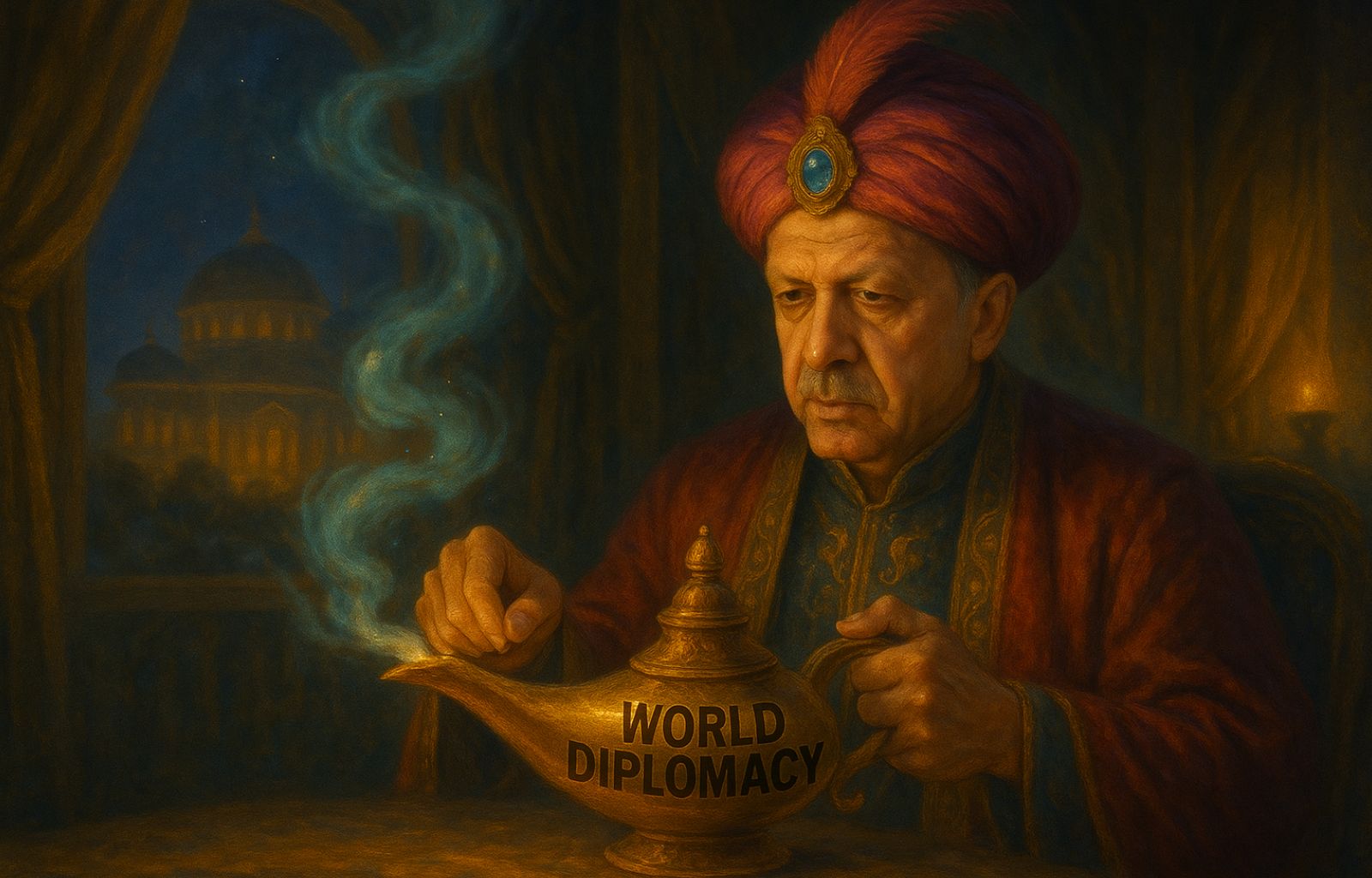Autonomous drones fight in Ukraine: the war has changed forever

“If you are afraid of artificial intelligence, let me give you one more reason.”
This is not a provocative joke: it is an observation that makes you jerk in your chair. Because while ethical guidelines for transparent and trustworthy AI are being debated in Brussels, and the balance between innovation and security is being pondered in San Francisco, there are trenches – literally – where the war is already being fought by machines capable of deciding for themselves when to strike, where to chase, how to shoot down.
A War Monitor post on X reported that portions of the Ukrainian frontline are currently defended for the most part by drones, many with autonomous capabilities. This is not a futuristic prediction, but a snapshot of reality.
These drones are not only surveilling, but fighting, attacking, reacting autonomously. And they tell us something that goes far beyond yet another evolution of war technology: they tell us about a threshold that humanity has just crossed.
They are not just eyes in the sky
For years we have thought of drones as surveillance tools. Small aircraft capable of seeing better, higher, longer. Then we saw them armed: from bombs on pick-up trucks in Afghanistan to missiles launched with surgical (and questionable) precision in Yemen or Libya.
But now it is different.
In Ukraine, the combination of military need, adaptability, and distributed innovation has led to the development of a new generation of drones: cheap, adaptable, and capable of operating even without real-time human control. In some cases, with logic based on rudimentary neural networks, these drones analyse thermal signals, movements, GPS coordinates, distinguish targets, and decide whether to attack. Sometimes they do this in swarms. Sometimes even when the network is jammed and the operator is offline.
Lethal autonomy is no longer a future threat
Those who have dealt with AI policy to date have always set a clear limit: no ‘killer robots’, no completely autonomous lethal weapons. The UN, with all its slowness, has been discussing how to ban them for years.
Yet here they are, not in 2035, but in 2025. Not in the labs of Boston Dynamics, but in the riddled wheat fields of the Kharkiv oblast.
We are still a long way from humanoid robots with rifles in their hands. But the fundamental principle – that no machine should have the final say on the life or death of a human being – has already been put to the test. Ukraine, forced to defend itself with every available means against large-scale aggression, has been pushing war innovation with a speed that no other country could match.
Technology, it is known, does not wait for rules.
The new frontier of war (and innovation)
Like it or not, the use of autonomous drones on battlefields marks an evolution that will have profound consequences even in times of peace. The technical solutions developed in military contexts – from swarm management to the optimisation of decision autonomy – could soon find applications in civil sectors as well: from logistics to environmental emergencies and the security of critical infrastructures.
The challenge, therefore, is not only to contain risks, but to exploit the enormous potential of artificial intelligence in contexts of accountability, transparency and human oversight. We need a global, shared architecture of rules, capable of keeping pace with a reality that is changing faster than institutions can react.
And if all this frightens you, it is because we have already entered a future that until yesterday seemed like science fiction. War as we have known it is over, a new paradigm has imposed itself.











